Avoid Mishaps: Best Way to Drain a Pool with Peace & Safety
The Best Way to Drain Your Pool: Safely and Efficiently
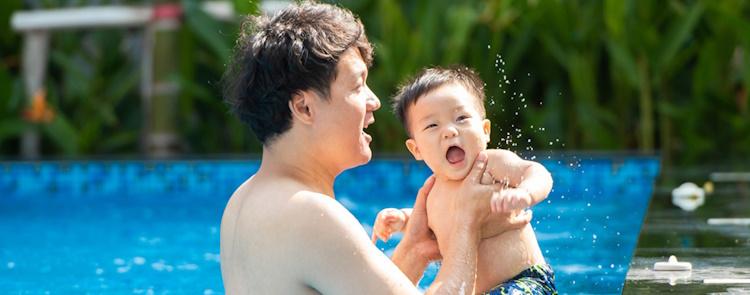
A vibrant and clean swimming pool.
Draining your pool is an essential step in maintaining its cleanliness and condition. While a total water replacement can help to remove stubborn debris and prevent algae growth, it’s necessary to do so safely and efficiently.
In this article, we’ll share the best way to drain a pool without causing damage or harm. Jump to the step-by-step guide.
Why Drain a Pool?
You might need to drain your pool for a few key reasons. Firstly, it may be time for a total replacement if your water quality has become cloudy or murky despite regular maintenance.
Similarly, draining may be necessary if there has been heavy rainfall or an influx of debris in the pool that cannot be removed through regular cleaning methods. Another reason why you might need to drain your pool is for repairs or renovations.
For example, if there is significant damage to the lining or tiles of your pool, you may need to empty the water to complete repairs effectively. Properly draining the pool ensures that all necessary work can be completed safely without damaging any equipment or structures.
Importance of Safe and Efficient Draining
While draining a pool might seem straightforward, it’s essential to do so safely and efficiently to avoid any issues down the line. Improper drainage can damage equipment such as pumps and filters and erosion or sinking of surrounding structures such as concrete decks. It’s also important to follow local regulations regarding draining pools.
Some areas have restrictions on where drained water can go based on environmental concerns such as stormwater runoff and groundwater contamination. By following best practices for safe drainage – including checking local regulations before beginning – you can ensure that your property and environment remain safe throughout the process.
If you live in a location with a high water table, like South Florida, do not discharge the water from your in-ground pool onto the ground anywhere near your or your neighbor’s pool. The pressure from the discharged water could literally, and actually, pop your in-ground pool right out of the ground. Don’t take the chance. Discharge the water onto the street or into a storm drain. If you need extra hose to reach the street, buy it.
Steps to Drain a Pool
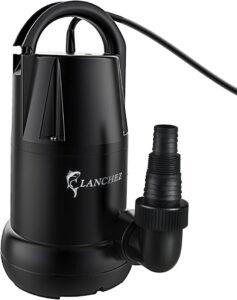
Dreading the task of draining your swimming pool? Don’t worry; it’s not as difficult or time-consuming as you think. Follow these simple steps to safely and efficiently drain your pool.
Turn off the pool pump and filter system
Before draining your pool, ensure the water circulation system is turned off. Switch off the power supply to your pool pump and filter system to prevent accidents or malfunctions. It is also important to check that all valves are closed.
Determine where to drain the water (sewer, storm drain, or lawn)
The next step is deciding where you want to drain your pool water. Remember that regulations vary from city to city, so research local guidelines regarding water waste disposal before making a choice.
Draining into a sewer system is often one of the safest options because it goes through proper treatment before releasing into oceans and rivers. Draining onto your lawn could seem easy, but ensure you are not causing damage or flooding in low-lying areas around your yard.
Above Ground Pool: Connect a hose to the pool’s drain valve and direct it to the desired location
Once you have identified where you will be draining water from your swimming pool, connect a hosepipe securely from the drain valve near the bottom of your swimming pool towards the selected direction for drainage by fitting it tightly with clamps. Hence, no leakage occurs during the drainage process.
Open the valve and start draining
After all safety precautions have been taken care of as well as the drainage setup completed properly, slowly open up the valve on the hosepipe while keeping an eye on how much water is leaving by gradually adjusting according to the quantity required for constant safe disposal, ensuring no adverse environmental impacts are happening around vicinity also by not wasting unnecessary excess amount of water which could lead to fines in some cases. In the next section, we’ll discuss some essential tips you should keep in mind while draining your pool so that you can safely and efficiently complete the process without any trouble.
In-Ground Pool: Drop in a submersible pump and direct the flow
A submersible pump is an ideal tool for draining an in–ground swimming pool. Beg, borrow, rent, or buy one to drain your inground pool. Trust me. It’s no-brainer simple, and it works. Place the pump at the deepest point and plug it in. Get one powered by 110v electricity. Even the least expensive submersible pumps can move large amounts of water quickly and efficiently.
Tips for Safe Pool Draining
Check Local Regulations Before Draining Your Pool
 Before you start draining your pool, ensuring it complies with local regulations is essential. Some areas prohibit directly draining pool water into public sewers or storm drains. Instead, they require homeowners to discharge the water onto their lawns or gardens.
Before you start draining your pool, ensuring it complies with local regulations is essential. Some areas prohibit directly draining pool water into public sewers or storm drains. Instead, they require homeowners to discharge the water onto their lawns or gardens.
Other locations may have restrictions on how much water you can drain from your pool at once. Check with your local authorities to know what regulations and ordinances apply in your area before starting the drainage process.
Avoid Draining During Heavy Rainfall or When Groundwater Levels are High
Excessive rainwater can cause sewage systems to overflow and flood nearby homes and streets. It’s crucial to avoid draining your pool during periods of high rainfall or when groundwater levels are already high. If you need clarification on the groundwater level in your area, it’s always best to seek advice from a professional before proceeding with any drainage projects.
Monitor The Water Level Throughout The Process
As you begin to drain, always keep a close eye on the water level in your pool. If it gets too low, it can lead to cracking and structural damage.
Ensure that there is still enough water in the pool at all times so that it doesn’t collapse under its own weight as more water is drained. You can do this by measuring the depth of the remaining water periodically throughout the process.
Keep Children and Pets Away from The Drained Area
 If you have children or pets living in or around your home, ensure they stay away from areas where pool water is being discharged during drainage. The chemicals used to maintain pools can be dangerous if ingested, even through skin contact.
If you have children or pets living in or around your home, ensure they stay away from areas where pool water is being discharged during drainage. The chemicals used to maintain pools can be dangerous if ingested, even through skin contact.
Additionally, drained pools may be attractive places for curious children and animals to play, which can increase the risk of injury or drowning. Keep them away from the area for their safety.
Best Practices for Maintaining Your Pool After Draining
Clean and Scrub All Surfaces of Your Pool with Appropriate Cleaning Agents
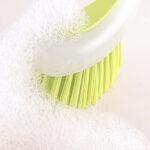 After you’ve drained your pool, the surfaces will most likely have a build-up of algae, dirt, and other debris. It’s important to clean and scrub these surfaces thoroughly before refilling your pool. Use appropriate cleaning agents that are safe for your pool surface material.
After you’ve drained your pool, the surfaces will most likely have a build-up of algae, dirt, and other debris. It’s important to clean and scrub these surfaces thoroughly before refilling your pool. Use appropriate cleaning agents that are safe for your pool surface material.
For example, if you have a gunite or concrete pool, use a stiff bristle brush to scrub the walls and floor with a mixture of water and muriatic acid, making sure to wear gloves and eye protection. For vinyl or fiberglass pools, use a softer brush with mild detergent.
Pay special attention to areas like corners and steps where algae accumulate more frequently. You can also use an automatic cleaner or robotic vacuum to help remove any remaining debris from the bottom of your empty pool before cleaning it manually.
Inspect All Equipment for Damage or Wear-and-Tear That May Need Repair or Replacement Before Refilling
Before you refill your pool, it’s essential to inspect all equipment, such as pumps, filters, heaters, valves, etc., ensuring that they’re in good working order. Check for cracks in the equipment and leaks in hoses that would cause issues after refilling.
If you find any damage or wear-and-tear beyond repairable limits during the inspection process, then replace them immediately rather than wait until something goes wrong later down the road. Also, ensure that all equipment is securely fastened so nothing has shifted while shutting off.
Refill Your Pool Slowly, Allowing Time for Chemicals to Properly Balance
 Refilling your pool too quickly can cause problems such as structural damage from uneven pressure on the walls and floors or imbalanced chemicals, which may lead to issues such as staining or algae growth. So, it is recommended to refill your pool slowly. Start with a garden hose and fill it evenly across the surface of the pool before switching to an automatic fill once the water level rises high enough.
Refilling your pool too quickly can cause problems such as structural damage from uneven pressure on the walls and floors or imbalanced chemicals, which may lead to issues such as staining or algae growth. So, it is recommended to refill your pool slowly. Start with a garden hose and fill it evenly across the surface of the pool before switching to an automatic fill once the water level rises high enough.
Remember that the water in your pool needs time for chemicals to balance correctly. You should wait at least 24-48 hours after refilling before testing the pH levels.
This will give you time for all the chemicals (salt, chlorine, stabilizer, etc.) to dissolve and mix, ultimately giving you more accurate results on any chemical adjustments required. By following these best practices, you can ensure a successful drain and refilling process that not only cleans your pool but also maintains its structural integrity and keeps it safe for swimming throughout the season.
Conclusion:
Draining your pool is an essential maintenance task that should be done safely and efficiently. Remember to follow all local regulations and avoid draining when groundwater levels are high or during heavy rainfall. Keeping children, pets, and the environment in mind should also be prioritized. See this article from the CDC on backyard swimming pool safety.
Safely draining a pool:
Before you get started, make sure to turn off the pool pump and filter system. This will prevent any damage from occurring to the equipment while you’re draining your pool.
3 Best Baby Pool Floats For Safe Summer (wherecanibuythat.us)
You’ll also want to determine where you will drain the water because it can impact your local environment negatively if drained improperly. Connect a hose to your pool’s drain valve, directing it towards your chosen location for water drainage.
Maintaining your pool after draining:
Once drained, take some time to clean all surfaces of your swimming pool with appropriate cleaning agents before refilling it with water. Inspect all equipment for wear and tear that may need repair or replacement before filling.
Best Time To Shock Your Pool For Summer Fun (wherecanibuythat.us)
As an optimistic spin on this topic, once you’ve completed these steps correctly, you can enjoy a cleaner swimming experience with family and friends in no time! Remember, safety should always come first when maintaining a well-functioning swimming pool. It’s not just about enjoying crystal clear water but ensuring we’re taking care of our environment, too!


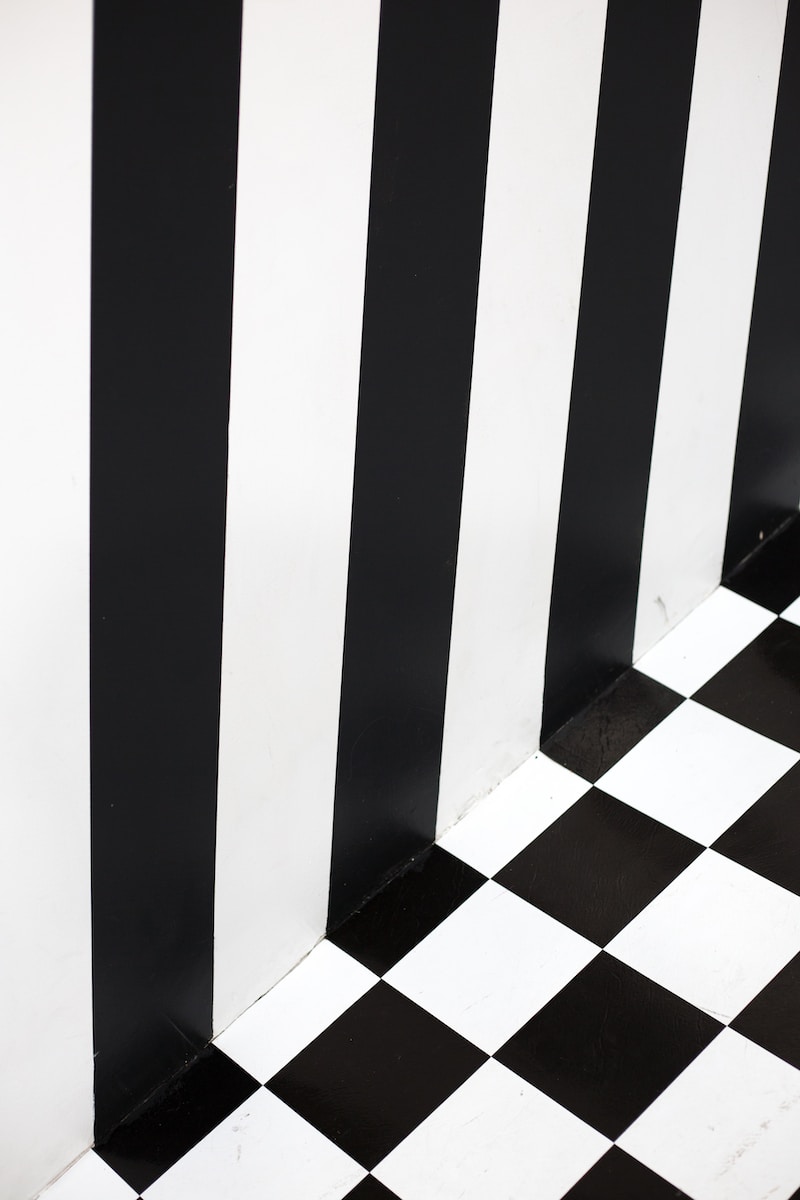
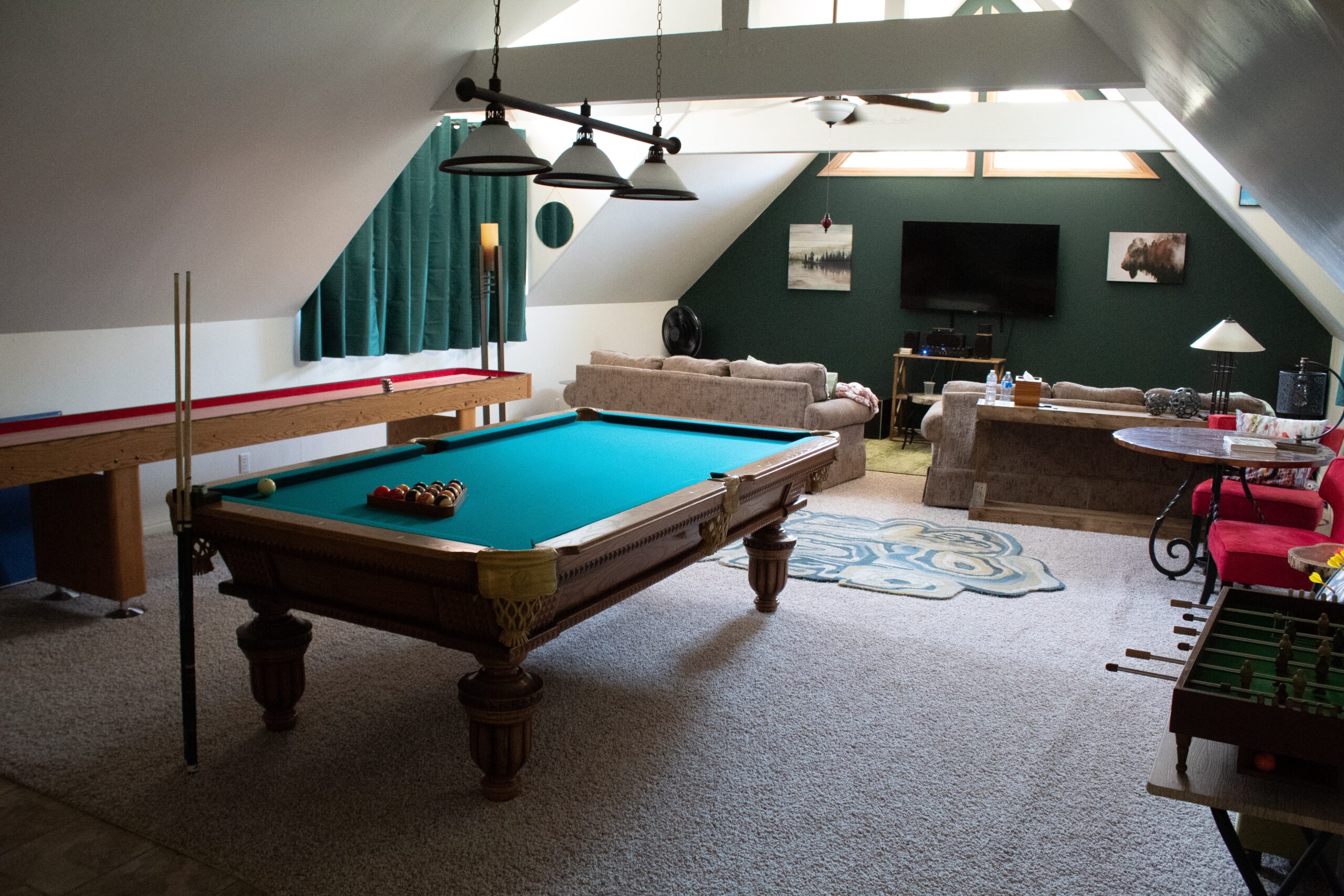
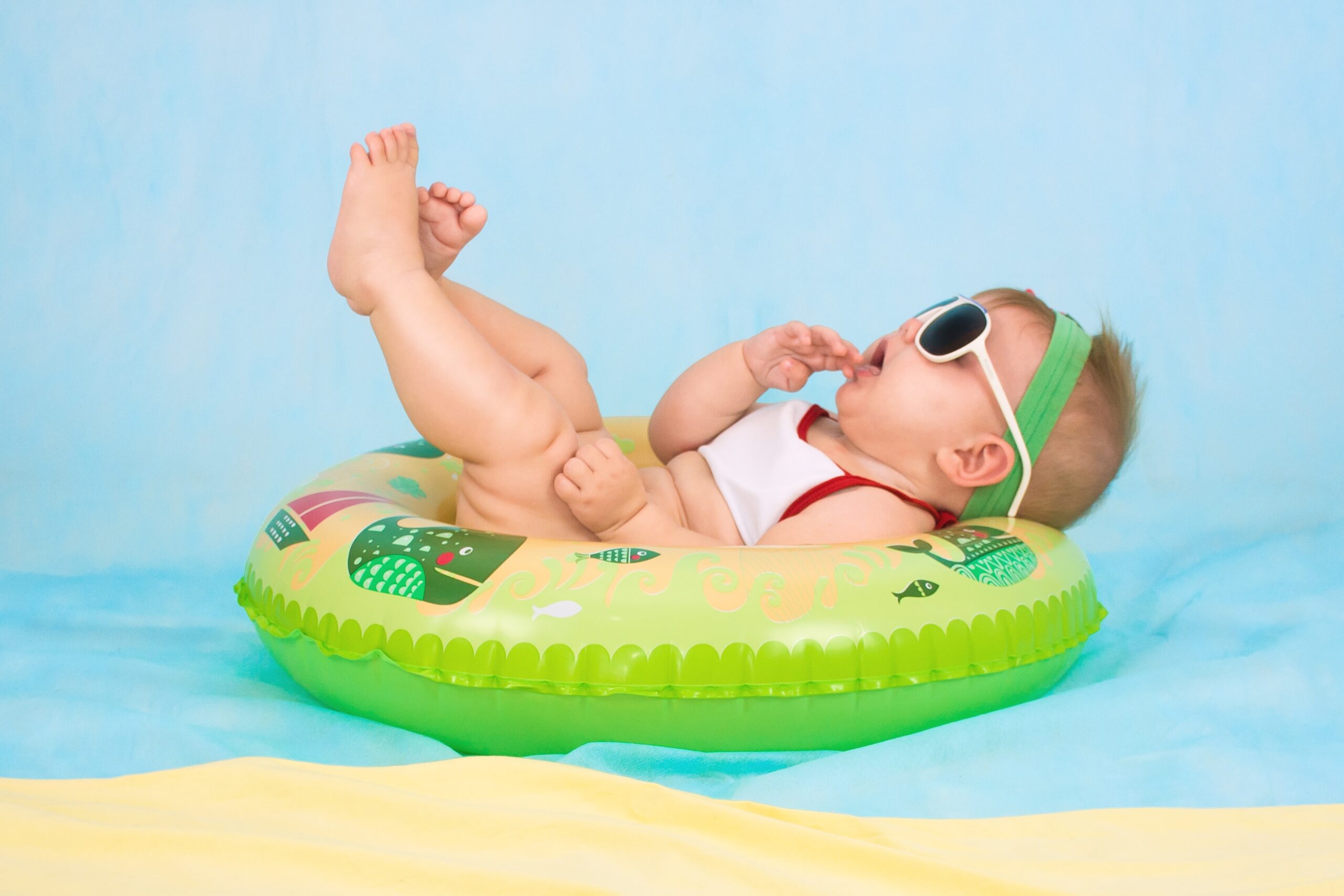
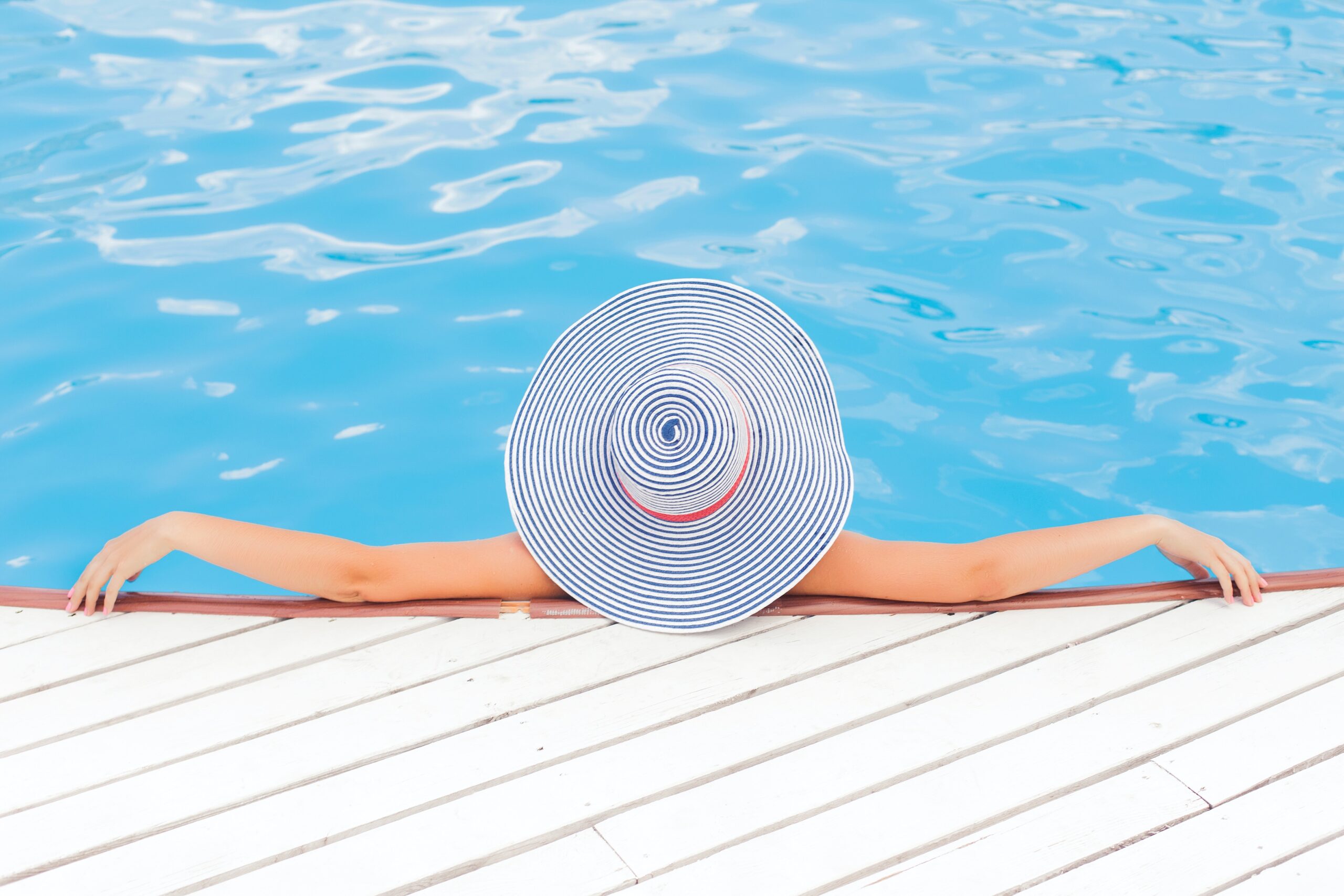
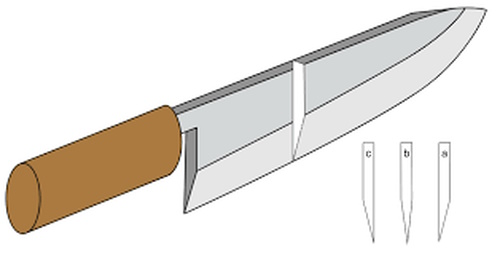





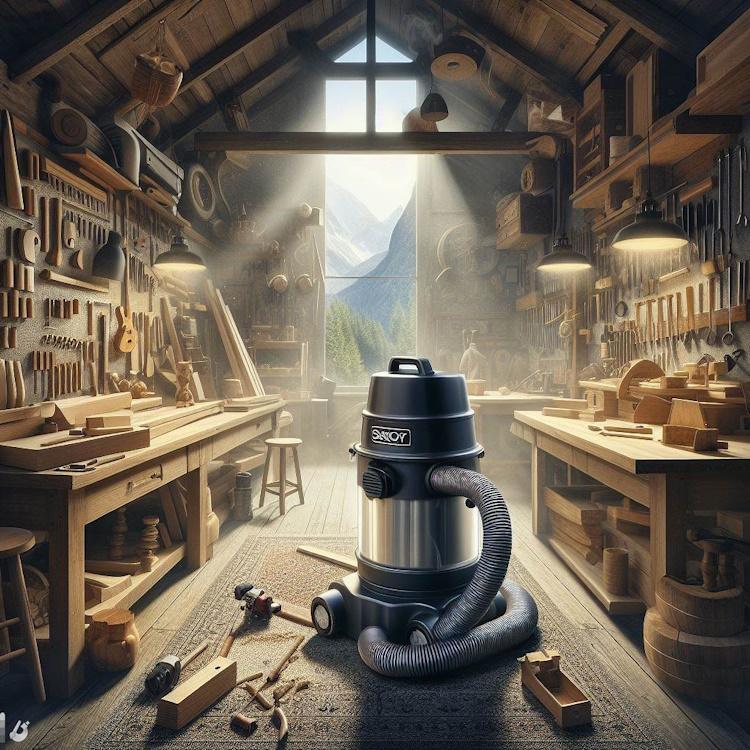

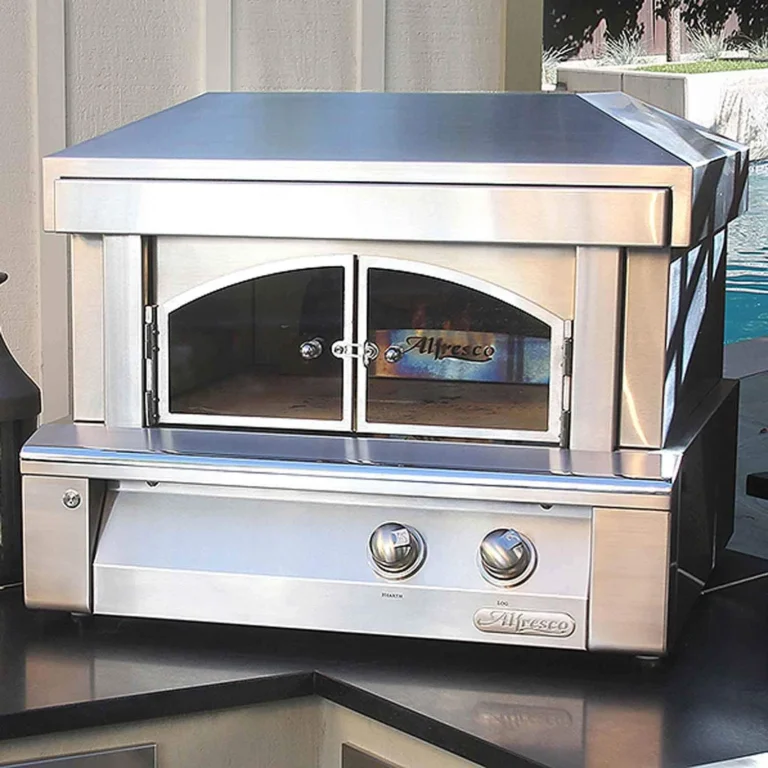


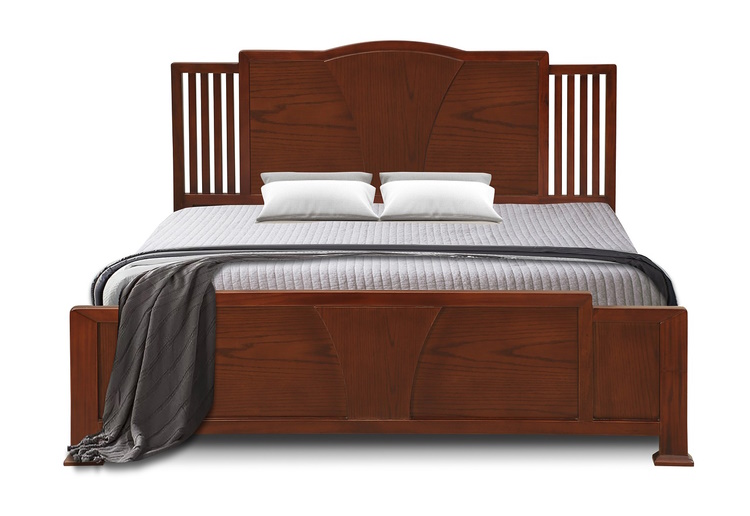
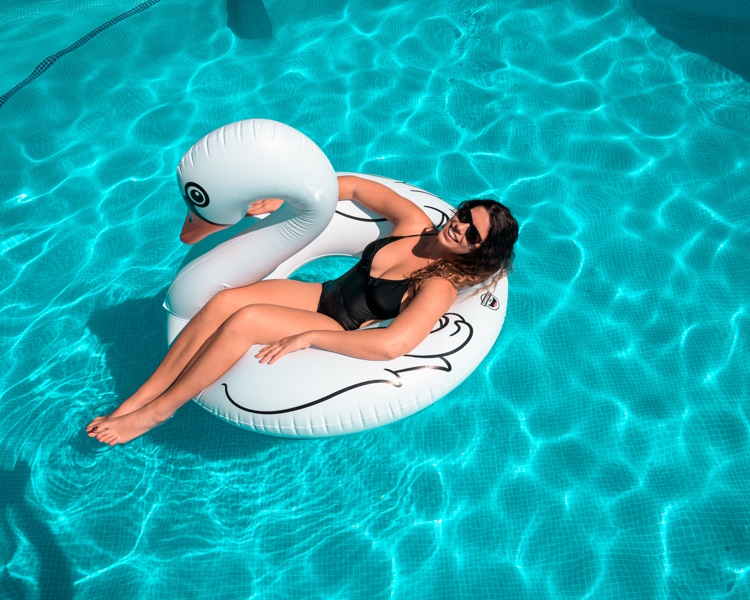

One Comment